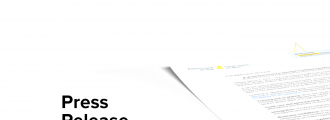
Nancy Wallace
Senior Vice President, Corporate Services – Business Council of Canada
A long-time member of the Council’s headquarters staff, Nancy is responsible for the organization of all members’ meetings of the Council, as well as special events. She manages the Council’s finances, including the collection of membership fees, contracting, payroll and audit. Nancy oversees membership inquiries and manages administrative matters for the Council team.



